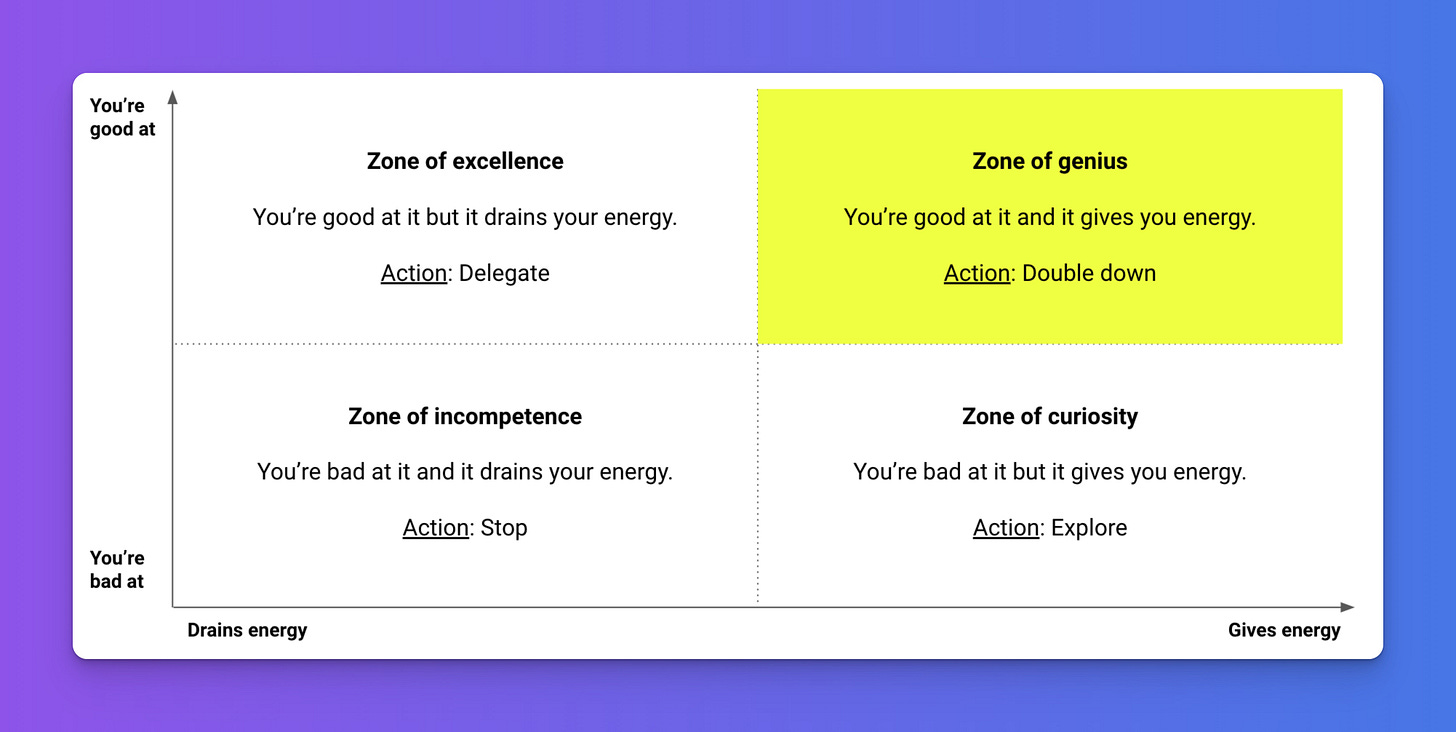Get people to product value as fast as possible, but not faster
How to build your onboarding to get people to product value fast + creating a lead magnet and promoting it
Welcome to this week’s edition of What The Product, where I share actionable insights on building and growing products.
1. Personal Update
Creating a lead magnet
I spent this week focused on promoting our new Webflow agency FlowGo.
I’m looking to find marketing agencies and startup marketing teams that are working with Webflow to service their marketing pages.
To showcase our domain expertise I decided to publish our pre-launch checklist. It’s a list of things we go through before we launch a website.
I recorded a short video to post on social.
It’s been my best-performing post on LinkedIn this week, driving the most impressions and likes. Looks like video works, and I’ll be doing more of it.
Here are the stats 7h after posting:
Ads were a bust
I promised an update on our ads. I ran two campaigns. One on Google search pages and one on LinkedIn.
Google drove 92 clicks at $3.38 CPC but no conversion. LinkedIn drove 110 clicks at $1.24 CPC.
I think trying to get people to convert to a phone call is too much for a first ask.
Next: I’ll drive traffic to my lead magnet to pre-warm them and get to know our service.
2. Actionable Insight
Get people to product value as fast as possible, but not faster!
I stumbled on this older video from Luke Wroblewski, a product director at Google.
He talks about onboarding and how we have a tendency to copy-cat onboarding flows from popular apps without understanding if it helps to get OUR users to OUR product’s value.
He gives several examples where product teams have removed steps from the onboarding flow resulting in an increase in successful signup and no effect on retention.
Take Vevo, which removed 3 steps from their onboarding that people were skipping anyway. They ran a 28-day test with 160 000 participants and the number of people completing signups went up!
This is not to say that explaining something in your onboarding is bad. It’s to say you shouldn’t copy the onboarding of others.
Give them the bare minimum in info and tools they need to get value from your product ASAP.
Identifying your zone of genius
A great framework from Peter Yong from the wonderful substack Creator Economy.
To find stuff you will enjoy doing, he suggests categorizing things into:
the zone of incompetence: stuff you’re bad at and you don’t enjoy it
the zone of curiosity: you’re bad at, but you enjoy learning
the zone of excellence: stuff you’re great at, but it drains you
the zone of genius: stuff you’re good at and it gives you energy doing it
Focus on the last one, and figure out ways to get around the other three.
3. Resources & Templates
This SaaS calculator will help you understand your unit economics and you’ll be able to model different scenarios when thinking about pricing!
4. Recommendations
📗 5 Netflix Documentaries that Inspire You as a Designer
Whenever I need to get my creativity going, I like to find inspiration in the work of others. I’ve recently watched a few episodes of Abstract: The art of Design and seeing all those creative artists was a great boost. This is a list of 5 documentaries you’ll find on Netflix. Go watch one tonight and get inspired 🍿
📗 Tella.tv
Do you need to record a product explainer? This is by far my favorite tool – the above video was recorded using Tella 🙂
Whenever you are ready
Do you feel like you’re not getting enough from your user interviews?
The User Interview Toolkit will help you ask the right questions and uncover real insights.







